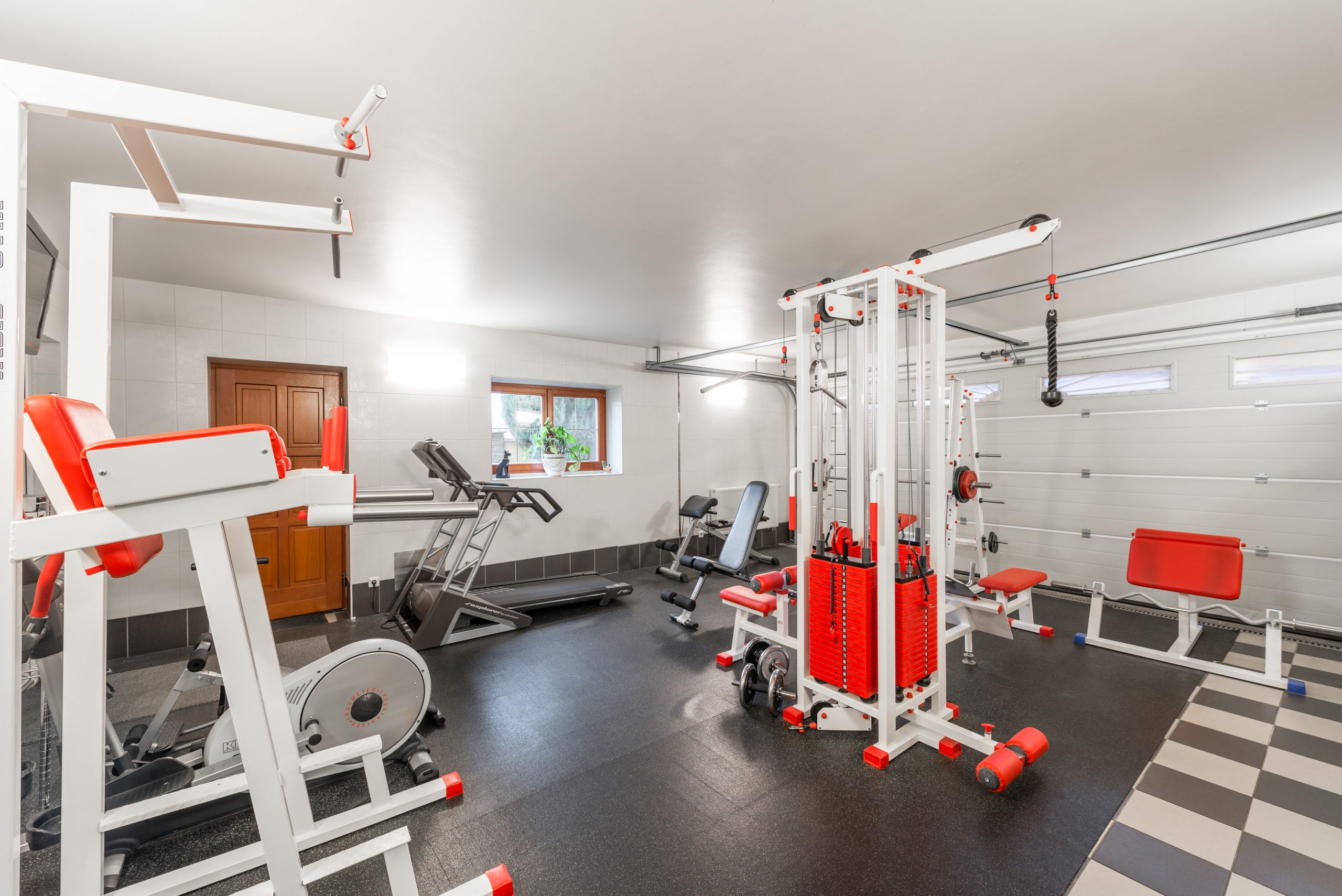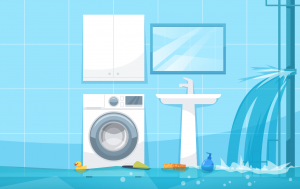A wet basement is not just a problem, it can also be dangerous. It’s crucial to dry out the basement quickly so that it doesn’t affect other parts of your house. Basements are dark spaces where there is less sunlight and higher humidity. This makes them a breeding ground for mold. While mold growth is the biggest danger, it is not the only one.
How water enters a basement
A majority of basements are below grade. There are several ways water and moisture can get in a basement. We say it in the water damage industry that water “will always flow from wet and dry, if he can.” Here are some of the ways water “flows” into basements.
Floor cracks: water can create hydrostatic pressure under concrete floors. Hydrostatic Pressure is the pressure exerted when a fluid (in case of water) is at rest with respects to nearby bodies. This means that as water builds up underneath the concrete slab it is easier for it push upward through a small crack than it is to move into the ground.
WindowWells: window wells serve the purpose of keeping soil and water from basement windows. Each window well should have drainage pipes installed to move any water into it. This drainage pipe can become clogged with dirt or debris and instead of draining away, the water will force hydrostatic pressure (again) to make its way around the window edges.
Wall Cracks wall cracked are the result of expansion and contraction of earth around the basement. This soil movement is caused mainly by moisture, freezing and melting. Cracks can form in basement walls when the ground around the basement is moving. When there is crack, water will force its way through the crack into the basement. Water will always choose the path of least resistance. In this case, that would be through a crack.
Floor drains: clogs are usually caused by tree roots, grease, leaves, grease, solid objects, toys, or other items that can block drains from functioning as they should. Water from the drain will flow to the floor. However, not all drain clogs result from debris or objects. Sometimes, the drain line can become crushed or simply deteriorate due to age.
Sump Pumps This is a big deal! Sump pumps’ job is to drain water from basement’s outside or inside drainage system. Rainwater will eventually travel down the ground and settle at the bottom of the basement’s feeters. The water is collected by the footer drainages and fed into a basement pit with a sump pumps. When the water gets to a predetermined depth, the sump-pump turns on and pumps the water out of the basement. If the sump pump is damaged during or right after a rainfall, the water will quickly drain from the pit and flood the basement. It only takes a few seconds for the water to reach several inches throughout the basement.
Drying Basements
Before you dry out a basement it is necessary to first determine how the water got in and then rectify the problem. This is like trying not to bail water out of a window. Water may flow out, but it will continue to flow.
You can now stop the water flow by physically removing as much water as possible. You can accomplish this using a combination vacuums and pumps. It is 500x more easy to physically remove the water than it to evaporate it.
After extracting as much water from the air as possible, it is time for evaporation. This can be done using commercial-grade dehumidifiers, fans (high capacity air movers), and should be done in a controlled environment. All windows and doors leading into the basement should remain closed during this period. This will allow the equipment the opportunity to perform its task. The evaporation process is not something that can happen overnight. Anyone who promises otherwise is making empty promises. This process can take anywhere from 48 to 72 hours to complete. You can only control the temperature and accelerate air movement to achieve proper evaporation.
Wet Basements are not the end.
Flooding is America’s number one natural catastrophe. If water is discovered in your basement, do not panic. Panic is a recipe for more misery and injury. When the electricity is still on, it’s best to not go into a flooded basement. Electric shock can cause serious injury and death.
Once it’s safe to go in, make sure you move personal items to dry locations. The furniture can be stacked up to keep the water out. Once the basement has reached the evaporation stage, furniture can dry out as it evaporates.

